Introduction
In the world of construction, the importance of using the right compaction equipment cannot be overstated. Each project demands specific machinery to ensure optimal efficiency and successful outcomes. Roller compactors, for instance, come in various types, each engineered for particular applications.
From static rollers that excel in compacting granular and cohesive soils to vibratory rollers that enhance density and stability in granular soils, and pneumatic tire rollers known for their versatility on both granular and asphalt surfaces, understanding the nuances of each type is crucial. This knowledge aids in selecting the appropriate equipment, thereby ensuring that the foundation of any construction project is robust and reliable.
Types of Compaction Equipment
Roller compactors are essential tools in modern construction, each type designed for specific applications to optimize project efficiency. Static cylinders are particularly effective for compacting granular and cohesive soils, providing the necessary pressure without any vibratory action. This makes them ideal for foundation work and other scenarios where soil stability is crucial. 'Vibratory machines, on the other hand, enhance compaction in granular soils through their vibratory mechanisms, which significantly improve the density and stability of the soil.'. These are frequently utilized in road building and other infrastructure undertakings where a solid foundation is necessary. Pneumatic tire machines provide versatility, making them suitable for both granular and asphalt surfaces. Their rubber tires provide a kneading action that ensures a smooth finish, which is particularly beneficial for asphalt paving. Comprehending these varieties and their uses is essential for choosing the appropriate equipment, thus guaranteeing success and efficiency.
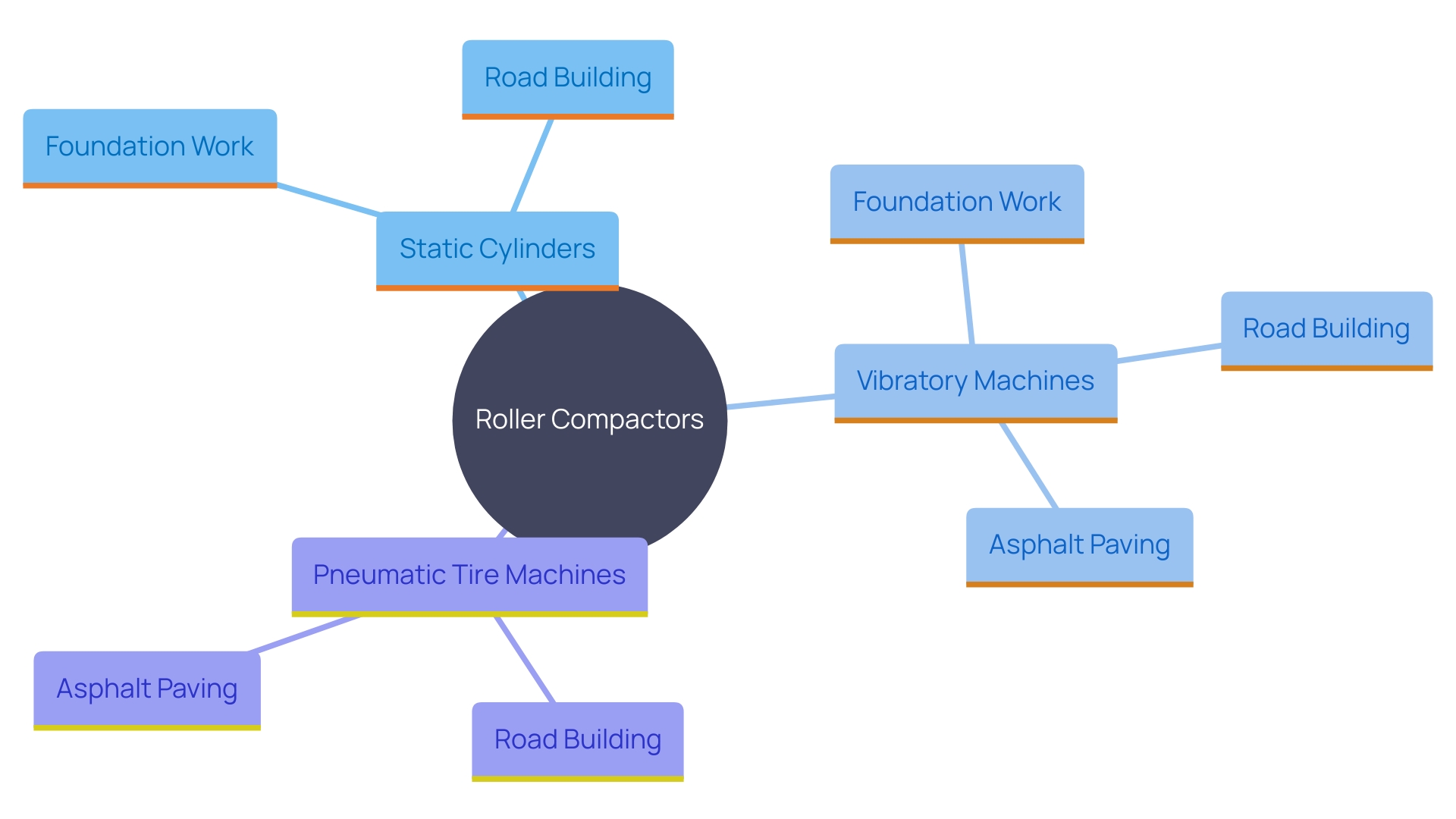
Choosing the Right Compactor for Your Project
Choosing the appropriate compactor requires a detailed evaluation of your task's particular needs such as soil type, scale, and desired compaction depth. For instance, if the task involves compacting clay soil, a vibratory roller is often the best choice due to its ability to penetrate dense material effectively. Additionally, it's crucial to consider the compactor's weight and drum width to ensure it aligns with the scope of the task. Making an informed choice can significantly enhance the efficiency and effectiveness of the compaction process. As noted by industry experts, “With the Industrial Internet of Things and digitization, opportunities to improve business performance are almost endless. Yet the process of adopting new technology requires smart investments.” This highlights the importance of selecting the appropriate equipment to not only meet project specifications but also to leverage technological advancements for optimal results.
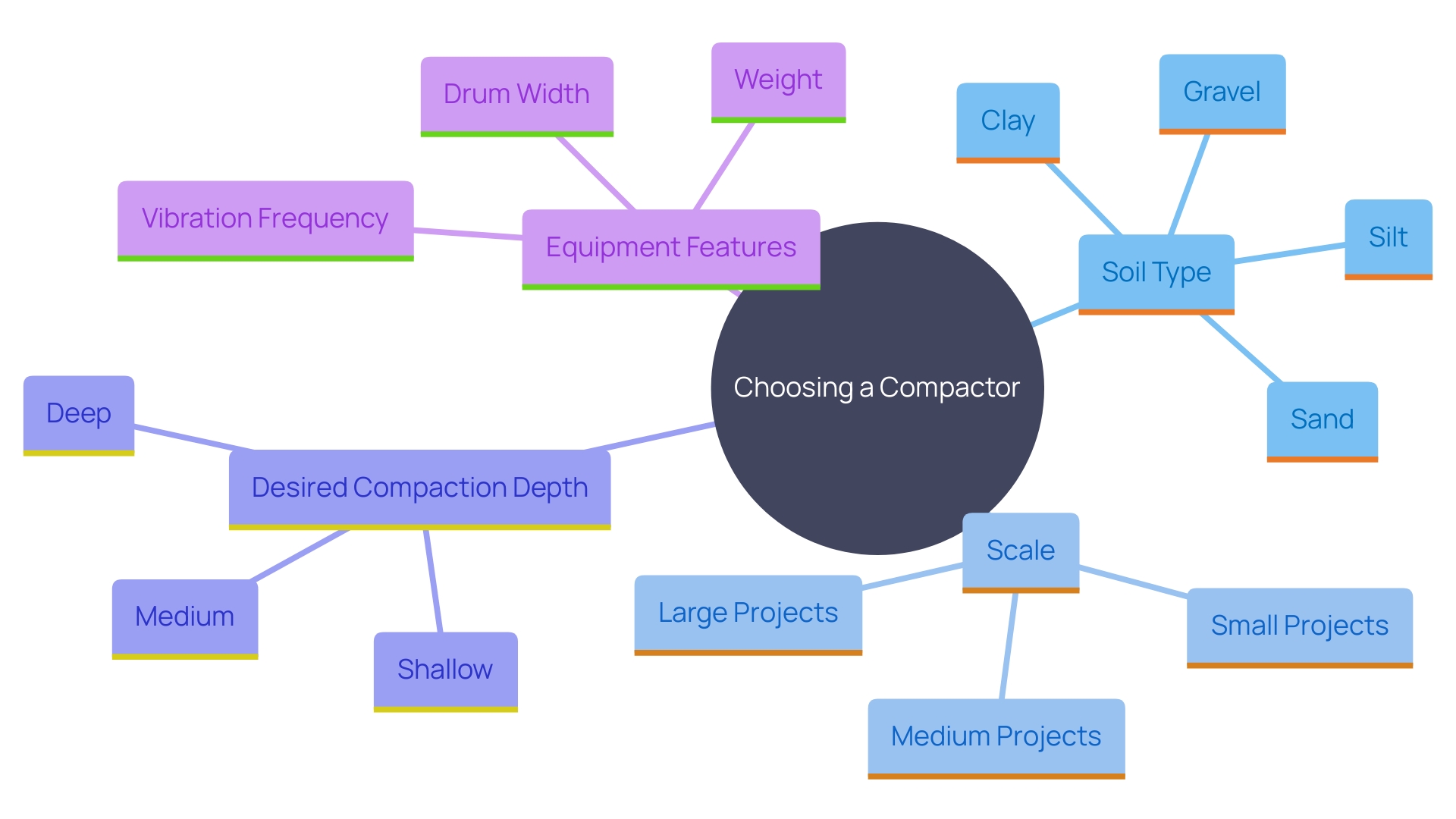
Key Considerations for Compactor Rental
When considering roller compactor leasing services, multiple factors are crucial to ensuring a successful and cost-effective experience. Firstly, it's imperative to assess the leasing company's reputation and their track record in customer service. The tool rental sector has experienced significant expansion, with numerous new participants making the market very competitive. This competition means companies strive to stand out through exceptional service and well-kept tools.
Ensuring the roller compactors meet stringent safety standards is another key aspect. Safety standards are vital in mitigating risks and ensuring smooth operations on-site. Current standards require equipment to be regularly inspected and maintained, contributing to overall project safety and efficiency.
Additionally, understanding the leasing terms is essential. This encompasses the length of the lease, delivery and pickup choices, and insurance protection. Clear contract terms can help avoid hidden costs and ensure that all parties are aware of their responsibilities, making the leasing process smoother. For instance, stories from the Complaints Committee for purchase disputes highlight the importance of transparent terms to prevent disagreements.
'In conclusion, thorough evaluation of the leasing company, adherence to safety standards, and clear understanding of leasing terms are fundamental to optimizing your compactor leasing experience and avoiding unexpected expenses.'.
Benefits of Renting vs. Buying Compactors
Choosing roller compactor leases offers numerous benefits, particularly regarding affordability and adaptability. Renting eliminates the need for substantial upfront investment and the burden of ongoing maintenance costs, which is a significant relief for many construction businesses. Additionally, machinery leasing firms such as Boels Rental Group provide a broad selection of contemporary, top-notch devices, guaranteeing you can choose the most appropriate tools for each particular assignment. This flexibility is particularly valuable for businesses dealing with diverse projects that have varying compaction requirements. Statistics show that companies often recoup up to 30% or more of the original purchase price by selling older machines, highlighting the financial prudence of renting rather than buying. Industry experts also note that rental services allow businesses to maintain a competitive edge by updating their equipment without the constraints of ownership. Overall, leasing compactors aligns with the current trend towards more sustainable and cost-effective construction practices.
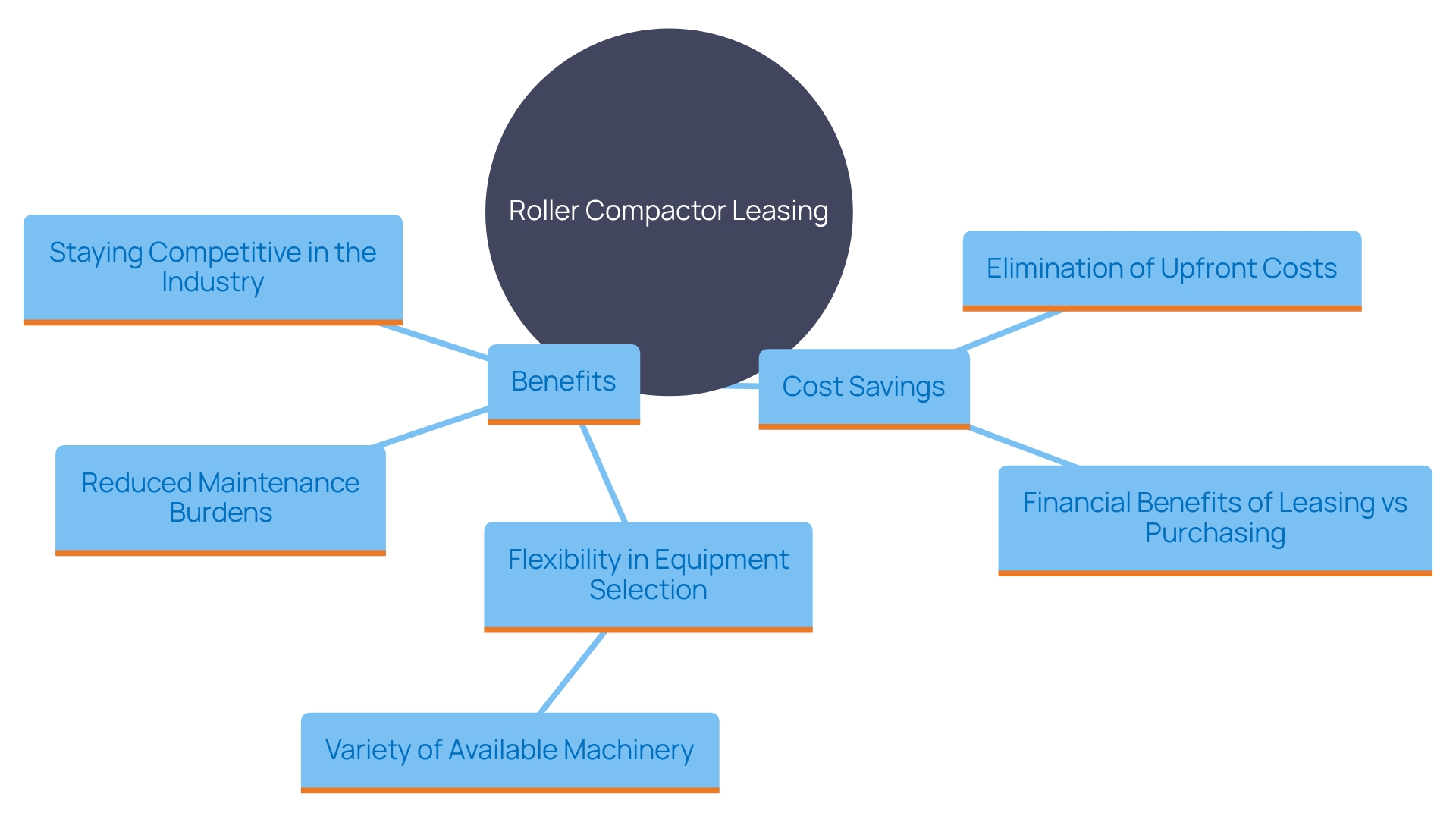
Best Practices for Operating Compactors
To enhance the efficiency of compaction machines, operators should follow best practices. A consistent operational speed is crucial to avoid over-compaction or under-compaction, which can impact the quality of the work. Routine evaluations of the machinery are vital to detect any possible problems, making sure everything operates properly. Safety is another critical factor; operators must be well-trained in safety protocols to prevent accidents and maintain efficient operations. As emphasized by industry experts, continuous education and familiarization with the machinery's functions and safety features are vital. This ongoing learning helps operators stay updated with the latest safety protocols and operational techniques, contributing to a safer and more efficient work environment.
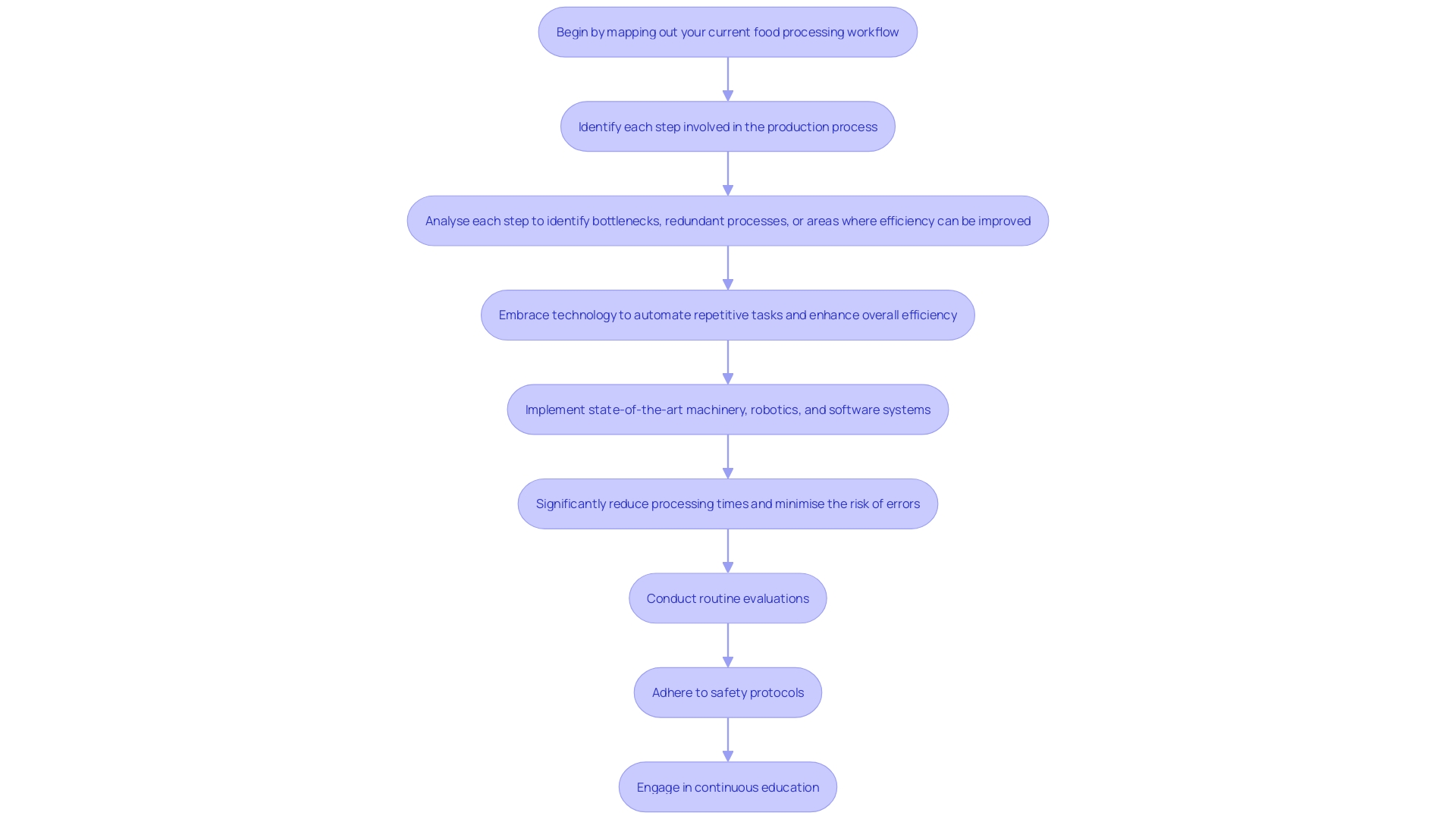
Rental Costs and Options for Different Compactors
Costs for roller compactors can differ greatly depending on aspects such as equipment type, duration of use, and geographic location. Typically, larger and more specialized compactors tend to have higher leasing fees. It's essential to compare prices from various leasing companies and ask about any extra fees, such as delivery or pick-up charges, to prevent unforeseen expenses. According to Zumper’s National Rent Report, analyzing over a million active listings monthly can provide insights into rental market trends, helping you make informed decisions. With this understanding, you can better budget for your project and ensure cost-effective solutions.
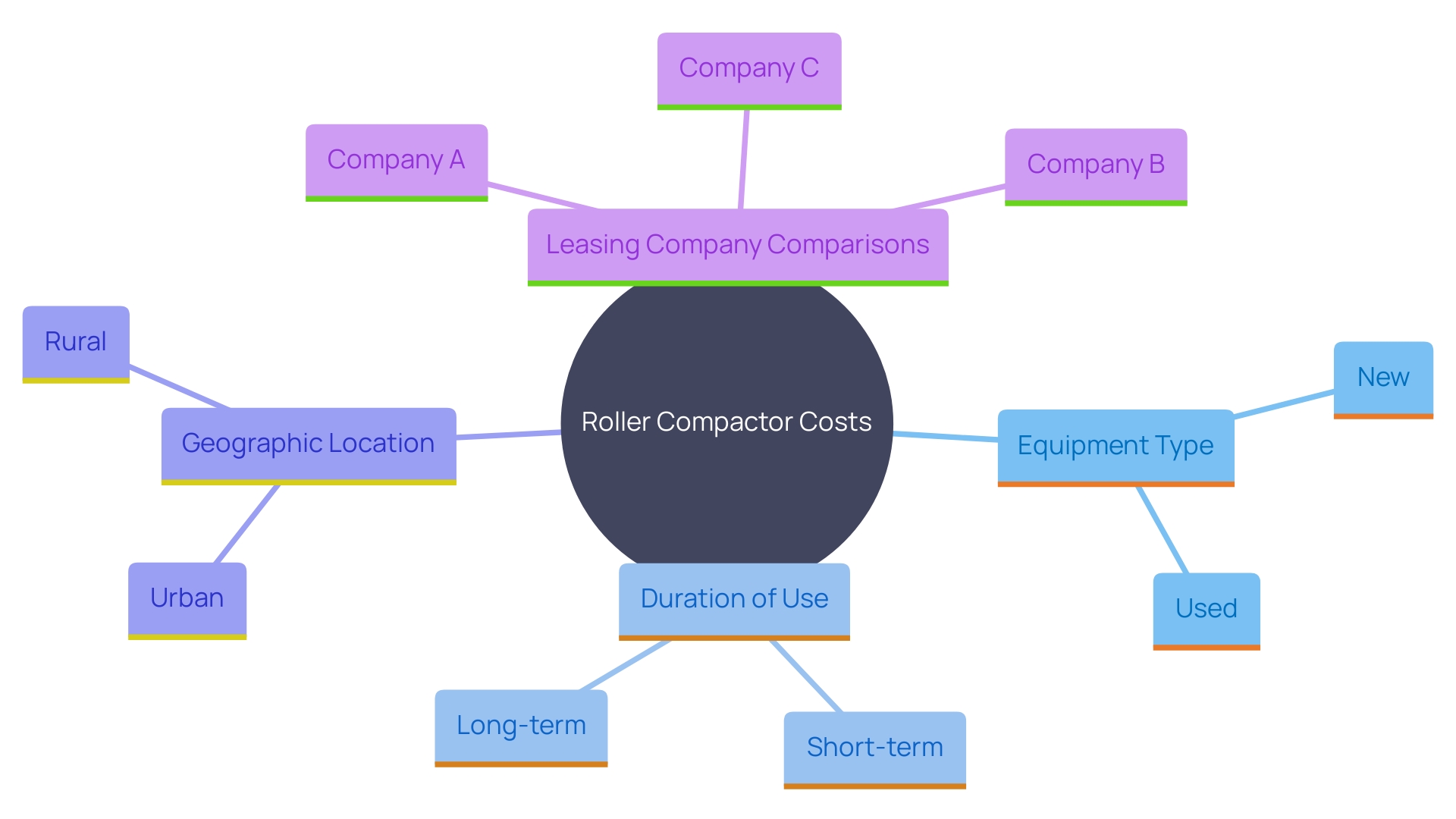
Conclusion
The significance of selecting the appropriate roller compactor for construction projects cannot be overstated. Each type of compactor—whether static, vibratory, or pneumatic—serves specific purposes that directly influence the efficiency and success of the task at hand. Understanding these nuances enables project managers to make informed decisions that optimize soil stability and density, ultimately leading to a solid foundation.
Moreover, careful consideration during the selection process is essential. Factors such as soil type, project size, and compaction depth play crucial roles in determining which equipment is most suitable. Renting compactors offers notable benefits, including reduced upfront costs and the flexibility to choose the best equipment for diverse projects.
This approach aligns with modern construction practices that prioritize efficiency and sustainability.
When opting for rental services, evaluating the rental company's reputation, ensuring compliance with safety standards, and understanding rental terms are vital steps. These considerations not only enhance the overall experience but also help avoid unexpected expenses. By adhering to best practices in compactor operation, such as maintaining a consistent speed and conducting regular inspections, operators can further ensure project safety and effectiveness.
In summary, the right choice of compaction equipment, informed rental decisions, and adherence to operational best practices are fundamental to achieving successful construction outcomes. By addressing these key areas, construction professionals can enhance project efficiency and contribute to the overall success of their endeavors.




